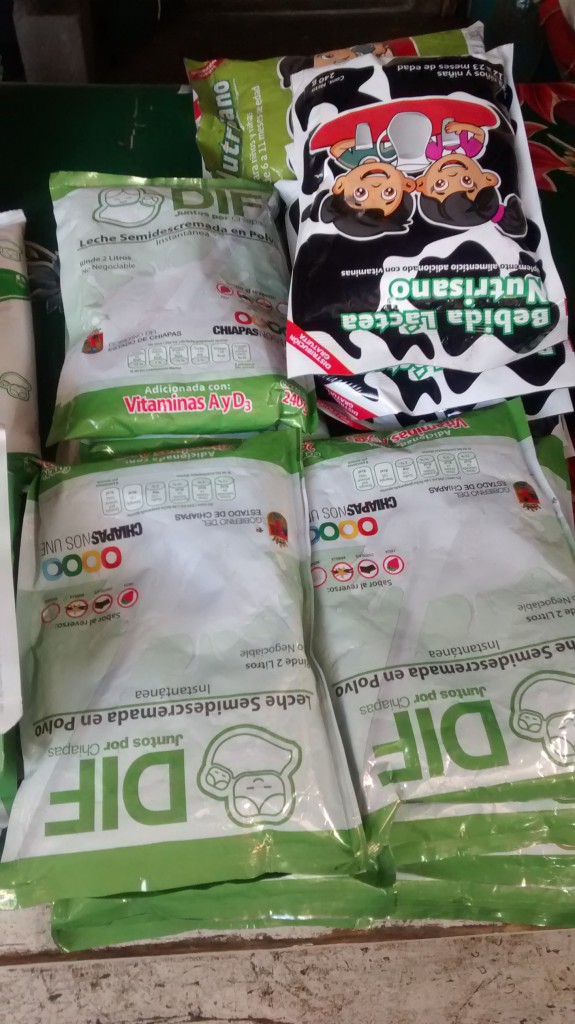Having been a vegan for 21 years and vegetarian for 24, I’m thinking that this blog could be a fun place to compile some of the fallacies I come across time and again. Less of the “where do you get your protein?”, more of the pseudo-well-thought-out commentary from those who agree that factory farming is wrong but hold that rejecting all animal agriculture is throwing the baby out with the bathwater.
In a friendly conversation a few days ago, a comment came up about the supposed idiosyncrasy of vegans who eat potato chips. The commenter was amused by what he deemed to be a contradiction. Of course, there is no contradiction because veganism is not about health. It’s about deciding that animals’ lives are not ours to take and that their bodies are not food.
I’ve lived on a farm with cows. I’ve seen a piglet being chased by three men while s/he shrieked in frenzied panic. I’ve witnessed a goat get her or his head cut off while the body continued to shake violently. I feel empathy for cows, pigs, and goats, and hence I don’t think they should suffer cruelty. Whether or not I decide to put a donut in my body is neither here nor there. It’s as simple as when a Westerner sees a dog crying in a car and thinks that the dog shouldn’t suffer cruelty. The fact that the Westerner wouldn’t make a dog into a meal doesn’t lead to reflections on their potato chip habit, and my choice of leaving animals off of my plate is no less straightforward.
Some would retort that humans are animals, therefore if vegans care about animals they should also care about their own health. Again, the problem here is in taking a straightforward connection between our empathy for another and our treatment of them, and making the issue into something larger and more abstract. There’s nothing wrong with including oneself in one’s circle of compassion, in fact it’s beautiful. But to expect that compassion for farm animals must necessarily be part of an entirely different sort of lifestyle is to maintain the line between farm animals and other animals that is the problem to begin with.
Kindness – or lack of cruelty – to a dog, a human, or an injured wild animal is judged on its own instead of being a starting point to comb through a person’s lifestyle and find inconsistencies in how they treat themselves as a fellow animal or human. By jumping to a different framework when our empathy is directed towards a farm animal, we muddle the issue and keep a psychological distance with their suffering.
While the potato chip critique is flawed, the more important point is that people frequently try to point to some proof of inconsistency, incongruity or hypocrisy on the part of vegans. In always making comments about vegans, they steer the conversation away from veganism. The questions hovering in the air are always the same – is it ok to kill and eat a sentient being? Why do to a pig what you would never do to a dog?
Ad hominem arguments against vegans protect the status quo by helping people avoid to even engage on the issue. Whether they’re dispensed with affection or aggression, they serve to detract from questions that are difficult to answer, to protect social norms that don’t hold water.
As vegans, we tend to bite at logical fallacies and follow people down the rabbit holes of irrelevant topics. We go on the defensive, write about why eating potato chips does not make us hypocrites, why we are not actually preachy or crazy or too green or not green enough. Even if we were all these things, what bearing does it have on the animals being slaughtered? It’s about them, not about us.
When you are faced with a cow about to have her throat slit, what difference does it make that a vegan somewhere is smoking a cigarette? At that moment, the relevant question is the one posed by veganism: what entitlement do we have to kill an animal who, just like our dogs at home, feels love, joy, pain and terror?










 I met a vegan couple, one of them from Mexico and the other from the US, at Te Quiero Verde, a vegetarian restaurant with this awesome mural. The American has been involved in animal rights and other activism since the 90s. Upon hearing about my project, he told me the following story about the effects of food aid in Haiti, where he worked for several years.
I met a vegan couple, one of them from Mexico and the other from the US, at Te Quiero Verde, a vegetarian restaurant with this awesome mural. The American has been involved in animal rights and other activism since the 90s. Upon hearing about my project, he told me the following story about the effects of food aid in Haiti, where he worked for several years.


